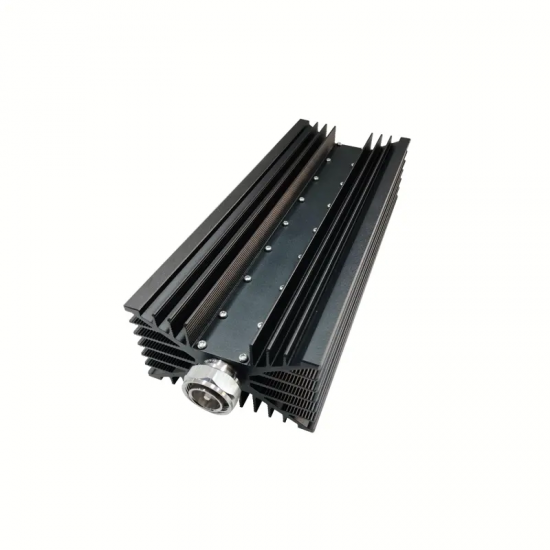-
 Analysis of Directional Coupler Applications: Core Technology in Modern Communication and Testing Systems
Mar , 26 2025
Analysis of Directional Coupler Applications: Core Technology in Modern Communication and Testing Systems
Mar , 26 2025
In wireless communications, radar systems, RF testing, and other fields, the directional coupler stands as a critical passive component, enabling unique signal separation and monitoring capabilities that make it indispensable in modern electronic systems. This article delves into the working principles, core advantages, and real-world applications of directional couplers across industrie...
View more
-
 What is an RF Filter?
Apr , 18 2025
What is an RF Filter?
Apr , 18 2025
In high-frequency electronic systems like wireless communications, radar systems, and medical devices, RF filters (Radio Frequency Filters) act as "traffic controllers" for signals. These critical components precisely screen specific frequency ranges, ensuring optimal device performance. This article breaks down the core technology behind RF filters and addresses key selection criteria e...
View more
-
 5G-Advanced Accelerates New Requirements for In-building RF Infrastructure
Apr , 28 2025
5G-Advanced Accelerates New Requirements for In-building RF Infrastructure
Apr , 28 2025
As 5G-Advanced (5G-A) technology emerges, it brings higher speeds, lower latency, and smarter network capabilities, reshaping expectations for in-building wireless systems. Modern facilities—such as offices, airports, and hospitals—now require more advanced Distributed Antenna Systems (DAS) capable of supporting higher frequency bands and broader bandwidths. Traditional infrastructure must evolve....
View more
-
 Which Is Better: Directional Coupler or Tapper?
May , 08 2025
Which Is Better: Directional Coupler or Tapper?
May , 08 2025
In RF and microwave systems, power distribution is a critical aspect that directly impacts system performance, reliability, and design flexibility. Two of the most commonly used passive components for signal splitting and power monitoring are directional couplers and tappers. While they serve similar purposes in many systems, they differ significantly in structure, application, and performance. Un...
View more
-
 Why Use a Hybrid Coupler? Understanding Its Role in RF Systems
May , 14 2025
Why Use a Hybrid Coupler? Understanding Its Role in RF Systems
May , 14 2025
In RF and microwave systems, signal routing, splitting, and combining require high-precision components that minimize losses and distortion. One such essential component is the hybrid coupler. But why use a hybrid coupler instead of standard power dividers or directional couplers? This article explores the purpose, benefits, and applications of hybrid couplers—especially in systems where signal ph...
View more
-
 Yagi Antenna: Key Advantages and Primary Applications
May , 16 2025
Yagi Antenna: Key Advantages and Primary Applications
May , 16 2025
Key Advantages of Yagi Antennas: High Gain and Directivity Yagi antennas are highly directional, focusing radio frequency (RF) energy into a narrow beamwidth. This directional radiation pattern allows for significant gain (typically 8–15 dBi), making them ideal for long-distance communication. The focused beam minimizes interference from unwanted directions, improving signal-to-noise ratios. Cost-...
View more
-
 How To Test The Power of a Load
May , 21 2025
How To Test The Power of a Load
May , 21 2025
To test the power of a load, you can follow these steps: Gather Equipment: You'll need a multimeter, wattmeter, or power analyzer, depending on the accuracy required. Connect the Load: Ensure the load (such as a resistor, motor, or appliance) is properly connected to the power source. Measure Voltage: Use the multimeter to measure the voltage across the load. Make sure to set the multimeter to the...
View more
-
 What Is the Difference Between a Power Divider and a Power Splitter?
Jun , 18 2025
What Is the Difference Between a Power Divider and a Power Splitter?
Jun , 18 2025
1. Basic Function — What Do They Both Do? At a high level, both power splitters and power dividers are passive RF components designed to: Take one input signal Split it into two or more output signals Maintain specific impedance (typically 50Ω or 75Ω) Preserve signal integrity as much as possible These devices are commonly used in test setups, antenna feeds, distributed antenna systems (DAS), and ...
View more
 How To Test The Power of a Load
May , 21 2025
How To Test The Power of a Load
May , 21 2025